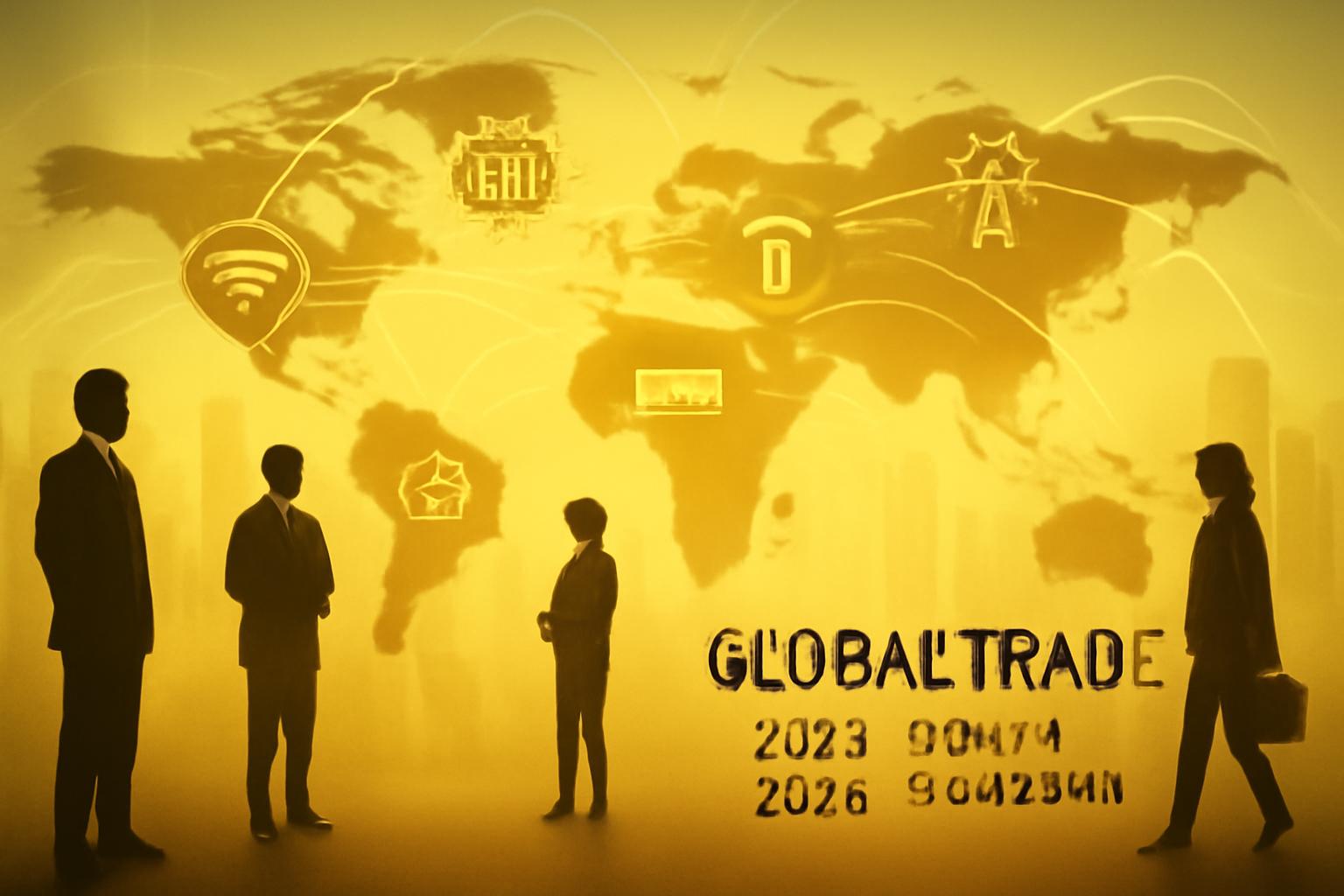WTO Raises 2025 Global Trade Growth Forecast Amid Robust Expansion
The World Trade Organization (WTO) has revised its global trade growth forecast for 2025 upward to 2.4%, a significant increase from the 0.9% predicted in its August report. This revision reflects stronger-than-expected trade volume expansion during the first half of 2025.
However, the WTO cautions that the positive momentum will not extend into 2026, forecasting a sharp slowdown to just 0.5% growth in trade volumes. This downgrade from the earlier 1.8% estimate is attributed to a cooling global economy and the prolonged impact of elevated tariffs.
Key Drivers Behind 2025 Trade Growth
Several factors contributed to the robust trade expansion in 2025. Notably, importers in the United States accelerated purchases ahead of anticipated tariff increases, a phenomenon known as front-loading. Favorable macroeconomic conditions including disinflation, supportive fiscal policies, and tight labor markets boosted real incomes and consumer spending in major economies.
Emerging markets also demonstrated strong growth, while demand surged for artificial intelligence (AI)-related goods such as semiconductors, servers, and telecommunications equipment. AI-related trade alone accounted for nearly half of the global trade growth in the first half of 2025, with a 20% year-on-year increase in value.
Regional Leaders in AI-Driven Trade Expansion
Asia emerged as the dominant force in AI-related trade growth, responsible for nearly two-thirds of the increase in this sector during the first half of 2025. The United States contributed roughly one-fifth of global AI trade growth, reflecting intense competition in developing AI technologies worldwide.
“Trade growth spanned the digital value chain, from raw silicon and specialty gases to devices powering cloud platforms and AI applications,” the WTO noted, emphasizing Asia’s strong export performance aligned with global AI investment surges.
Emerging Challenges and Risks to Trade Growth
The WTO highlighted the spread of trade-restrictive measures and policy uncertainty as key downside risks that could dampen trade growth further. While services exports are not directly impacted by tariffs, growth in this sector is expected to slow from 6.8% in 2024 to 4.6% in 2025 and 4.4% in 2026, influenced by their close links to goods trade and economic output.
Signs of weakening trade and manufacturing output have already appeared in developed economies, marked by declining business and consumer confidence and slower employment and income growth.
WTO Director-General’s Perspective
“Countries’ measured response to tariff changes, the growth potential of AI, as well as increased trade among emerging economies, helped ease trade setbacks in 2025,” said WTO Director-General Ngozi Okonjo-Iweala.
She emphasized the importance of the rules-based multilateral trading system in maintaining trade resilience but warned against complacency, calling for a reimagining of global trade to build a stronger foundation for inclusive prosperity.
FinOracleAI — Market View
The WTO’s upward revision for 2025 trade growth signals resilience in global commerce amid geopolitical tensions and tariff disruptions. The surge in AI-related trade highlights technology as a key growth engine, particularly driven by Asia’s export strength. However, the sharp slowdown projected for 2026 underscores persistent vulnerabilities from tariff impacts and economic deceleration.
- Opportunities: Expansion of AI-driven trade sectors, growth in emerging markets, potential stabilization through multilateral trade cooperation.
- Risks: Heightened trade restrictions, policy uncertainty, weakening demand in developed economies, slowing services trade.
Impact: The mixed outlook calls for cautious optimism. Stakeholders should monitor tariff policies and AI market developments closely, as these factors will critically influence trade dynamics in the near term.













